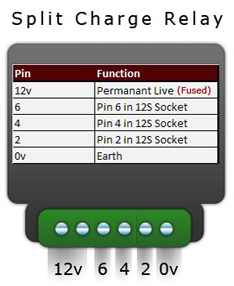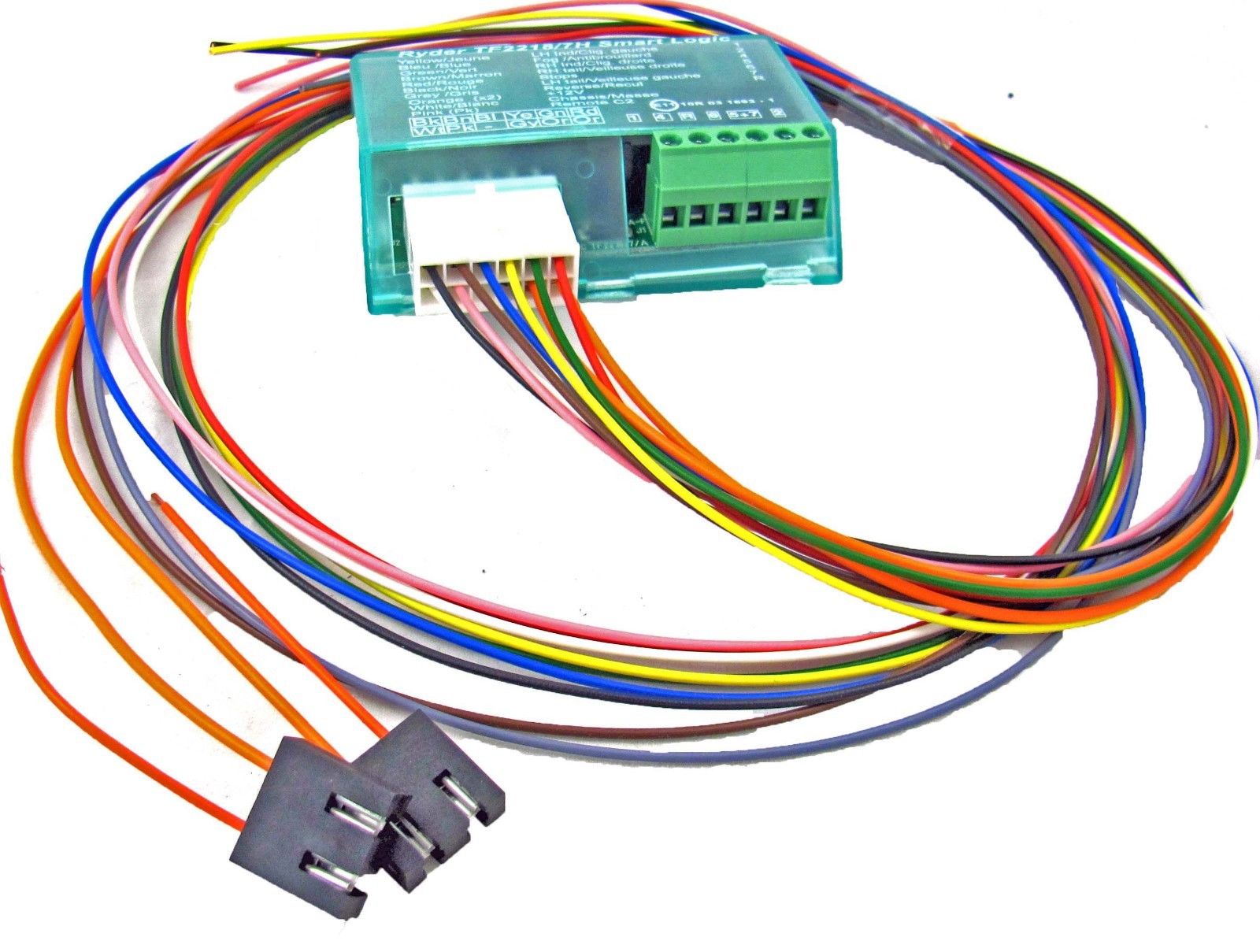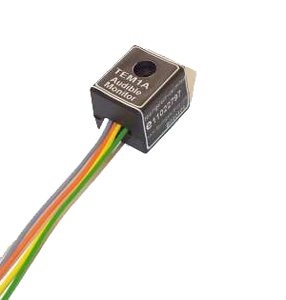Split Charge Relays

Split Charge Relays switch current to the caravan’s leisure battery and/or fridge during towing, but in order to protect the car’s battery, become open circuit when the engine is switched off. They may be ignition controlled, requiring a separate signal wire connected from the ignition switch to the device, or they may switch automatically, with an electronic circuit within the device remotely sensing the state of the car’s alternator/battery, and only switching when sufficient current is available.
These Split Charge Relays are able to cope with high output fridges found in modern caravans, which because it has such a high output in such a small package has become the preferred format.


